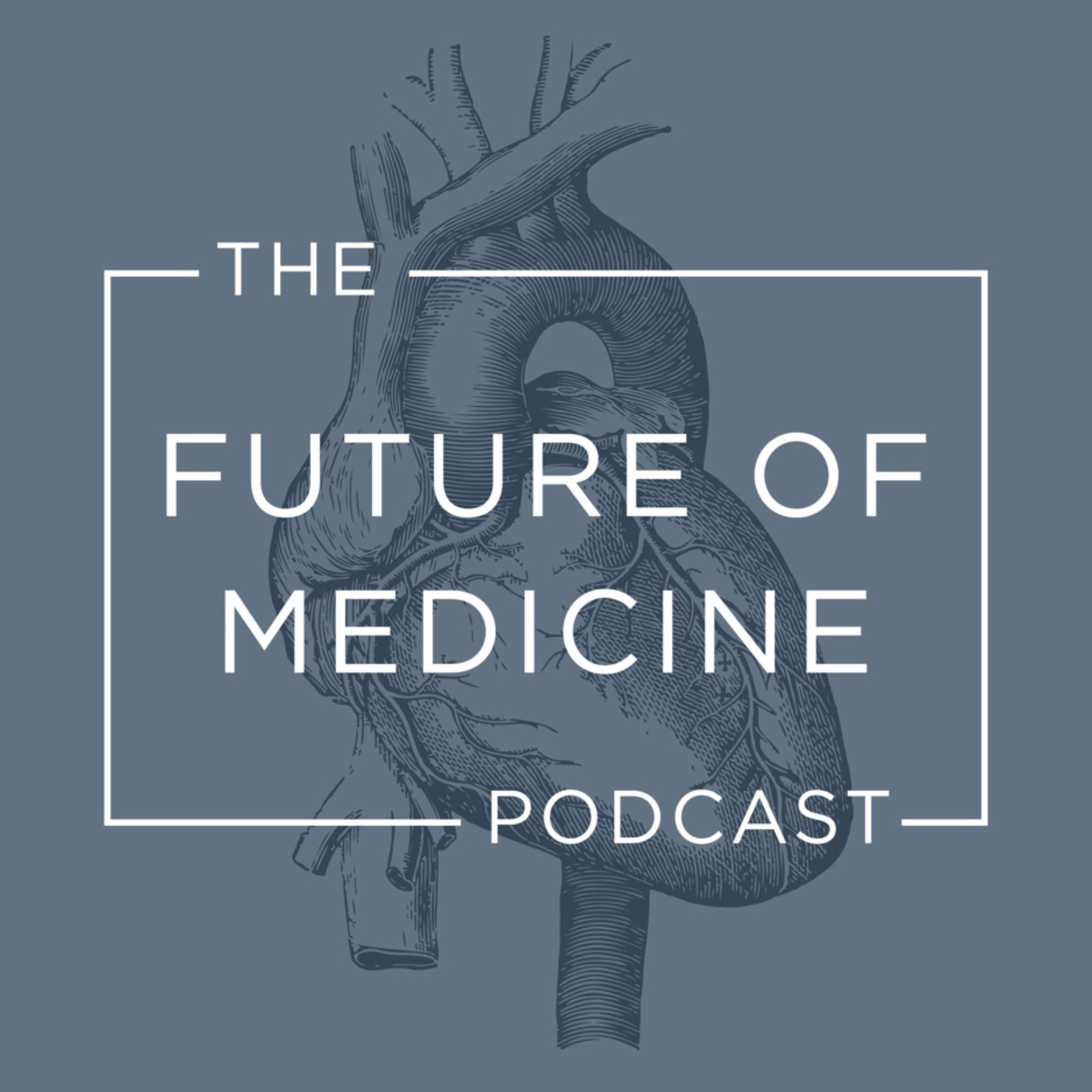Show Notes
WHAT IF I TOLD YOU THAT THE SYMPTOMS OF MENOPAUSE DIDN’T HAVE TO HAPPEN?
And what if I also told you that by treating the symptoms of menopause with bioidentical hormones you could not only feel better, but you could live longer?
Well, it’s true.
SYMPTOMS LIKE HOT FLASHES, INSOMNIA, MOODINESS, AND WEIGHT GAIN….. GONE.
In this post, we’re going to discuss one of the most controversial topics in women’s health, estrogen therapy for postmenopausal women.
And, I’m going to give you three conversations to have with your doctor about estrogen replacement.
WHAT IS ESTROGEN?
Estrogen is a hormone that, in women, is produced in the ovaries and adrenal glands, and is massively important for health and well-being.
It shows up around the age of 11-13 when females’ bodies start taking shape, they begin to ovulate, and they start their periods.
It rises and falls each month until you either become pregnant, take birth controls to suppress it, or you hit menopause.
When a woman hits menopause, the ovaries stop producing estrogen.
BUT MENOPAUSE USUALLY DOESN’T HAPPEN OVERNIGHT.
About 5 years before menopause, ovarian estrogen production begins to lower and women don’t don’t produce enough to feel balanced, or optimal. This is called perimenopause — or “around menopause” — and it is when women begin to experience hot flashes, moodiness, weight gain, bloating, and brain fog.
These symptoms are miserable in the short term. In the long term, inadequate estrogen levels can have devastating effects and put you at risk for a plethora of diseases.
THE LONG-TERM CONSEQUENCES OF INADEQUATE ESTROGEN ARE DEVASTATING.
Women have been suffering with these symptoms unnecessarily because of confusion and fear around the safety of hormone replacement in menopausal and postmenopausal women.
A lot of the confusion originated from a study called the Women’s Health Initiative which looked at long term effects of hormone replacement therapy in women.
The study had three arms:
- Provera only (synthetic progestin)
- Premarin only (synthetic estrogen)
- PremPro (a combination of Premarin and Provera)
MOST OF THE FEAR AND CONFUSION AROUND BHRT ARE ROOTED IN THE WHI STUDY WHICH ONLY LOOKED AT SYNTHETIC HORMONES.
All risk and/or benefits of bioidential hormone replacement has therefore been extrapolated from the synthetic variants in this study — which you just can not do.
This is a very important variable.
When they fleshed out all the data, the culprit causing an increase risk in breast cancer, strokes, and blood clots in the WHI trial was the provera — the synthetic progestin. Not the synthetic estrogen, prempro.
SYNTHETIC PROGESTINS ARE NOW KNOW TO BE THE PROBLEM.
But what actually happened was that estrogen took the blame.
It was then extrapolated from this study, that all estrogen use in postmenopausal women should be avoided.
So because of misinterpreted and inaccurate data from the WHI, massive amounts of confusion and fear around hormone replacement was born.
THE BOTTOM LINE IS THIS…
- Bioidentical Estrogen replacement in menopausal and post-menopausal women does not cause cancer.
- Synthetic estrogens (example: premerin) do increase the risk of clots and strokes in women over the age of 65.
- Synthetic progesterone (progestins) do provoke cancer.
- Bioidentical Progesterone is protective against cancer.
HERE ARE THE CONVERSATIONS THAT I THINK YOU NEED TO BE HAVING WITH YOUR DOCTOR ABOUT ESTROGEN REPLACEMENT.
1) Who gets estrogen replacement, and do I qualify?
Estrogen replacement is not for women who are still having periods because, by definition, if you’re having periods, you have estrogen. It’s completely inappropriate, and something you should never pursue.
However, all postmenopausal women (without risk factors) should concider optimizing their estrogen levels with bioidentical estrodiol.
2) Do I have any risk factors?
If you have a personal history of breast cancer you should not pursue estrogen replacement therapy. Many breast cancers are estrogen sensitive which makes estrogen replacement a no-go.
If you have a family history of breast cancer, you need to be very careful. Pause and consider the risk versus the benefit of estrogen replacement with your physician. Dig into other risk factors, get your mammograms, and possibly even get tested for genetic markers for cancer. Then, make a decision with your doctor.
3) What are my estrogen levels now, and what levels are optimal for me?
In premenopausal women, estrogen levels swing between 50-400 depending on where they are in their cycle. If you are still having periods, checking your estrogen levels are meaningless.
The optimal estrogen level in postmenopausal women is 75-100.
This is where women not only feel the best and the symptoms go away, but the data are clear that your risk profile for osteoporosis, cardiovascular disease, and dementia all improve.
I hope this information can point you in the right direction in regard to how you want to pursue this.
IN THE NEXT BLOG, WE WILL DISCUSS PROGESTERONE THERAPY IN WOMEN.
As always, please leave me your me your comments, questions, and let me know if there are other topics you would like me to discuss in future posts.
If you prefer video content, please be sure to subscribe to our YouTube channel. You can also listen to our podcast The Concierge Medicine Show on iTunes.
Take care —
Aaron Wenzel, MD



